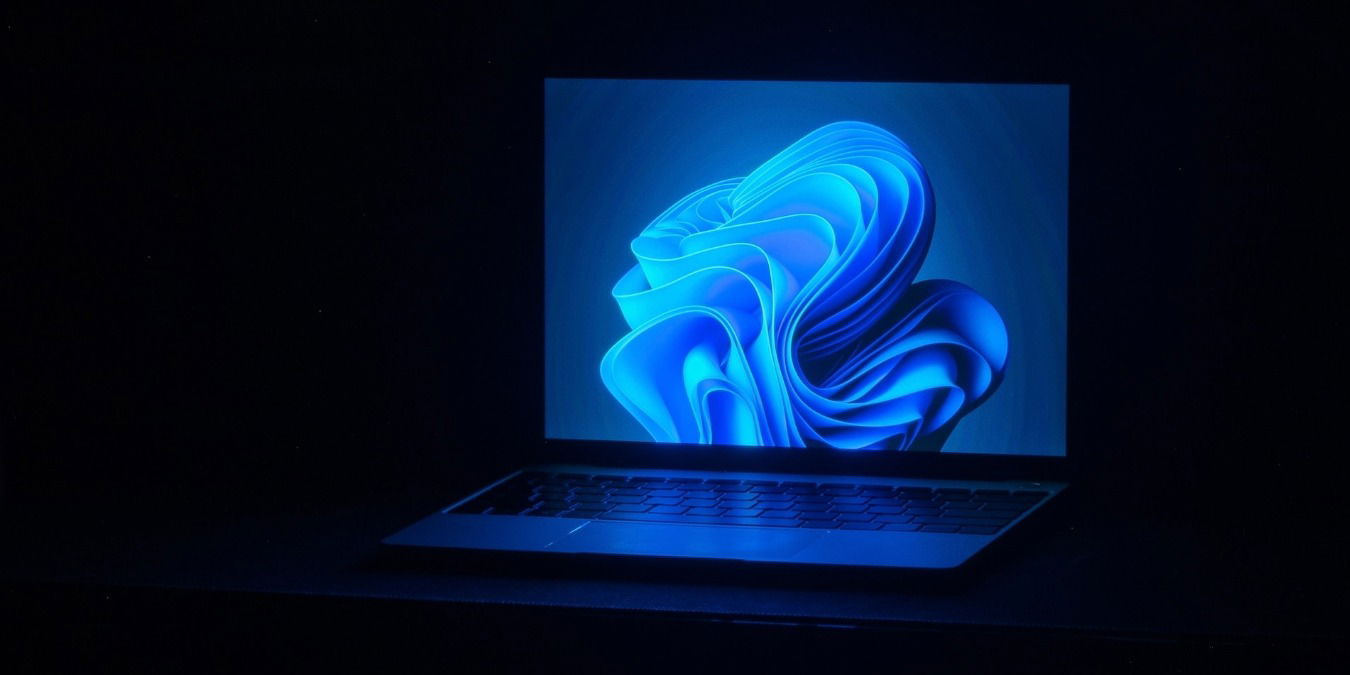
Being a Windows user means experiencing and fixing the occasional blue screen of death (BSOD.) BSOD errors that turn up out of the “blue” as a source of anxiety. The “ntoskrnl.exe” error is one such BSOD that users on both Windows 10 and 11 are known to encounter. This guide breaks down the possible causes behind this error and what you can do to fix it.
Good to know: seeing the Machine Check Exception BSOD instead? Learn what to do about it.
Content
- How to Fix the ntoskrnl.exe Error
- 1. Check RAM for Errors
- 2. Disable Overclocking
- 3. Investigate Driver Issues
- 4. Run a Microsoft Defender Scan
- 5. Uninstall Third-Party Antivirus
- 6. Resolve Any Windows Corruption
- 7. Update Windows
- Frequently Asked Questions
How to Fix the ntoskrnl.exe Error
The “ntoskrnl.exe” error is related to Windows’s core processes. In fact, “ntoskrnl.exe” stands for “Windows NT operating system kernel executable.” It’s responsible for critical background processes to ensure the normal functioning of your computer. Because one of the important tasks of “ntoskrnl.exe” is memory management, any issues with your RAM can cause a “ntoskrnl.exe” BSOD.
Other reasons for this error can be driver issues, conflicts with antivirus programs, or corrupted Windows files. Below are a few fixes to help you get to the root of the issue and remove it from your PC for good.
1. Check RAM for Errors
Over time, your computer memory can develop some faults that can reduce its integrity and give rise to BSOD errors like the ntoskrnl.exe error. Before attempting the other fixes, test your RAM for errors to eliminate that as a cause for concern. Windows has built-in memory testing functionality, Windows Memory Diagnostic, that can detect basic issues with your RAM.
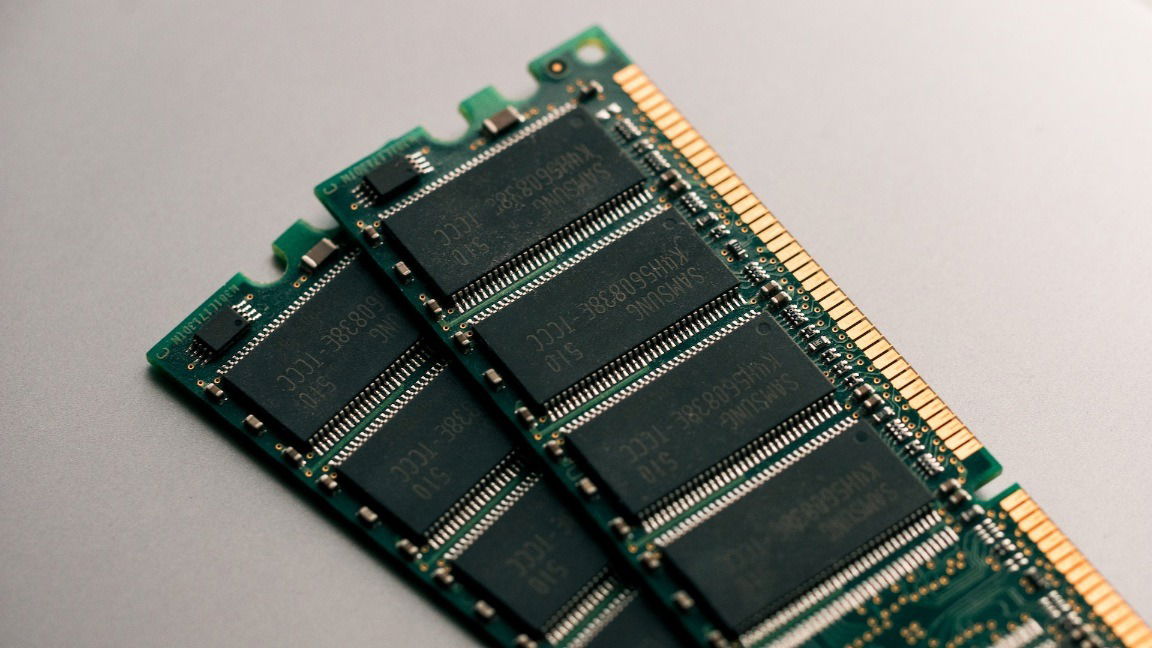 Image source:
Image source:
Unsplash
You can also use more rigorous tools like HCI MemTest and MemTest86 to unearth deeper issues with your system memory. Lastly, check your RAM physically to detect whether a specific DIMM is causing issues. Use our guide on checking RAM health on Windows for more details.
Tip: if you’re looking to upgrade your CPU in 2023, check out this buying guide to learn what to look for in a desktop processor.
2. Disable Overclocking
If you’ve ruled out the system memory as the underlying cause, it’s possible that overclocking is causing the “ntoskrnl.exe” error. If you’ve overclocked your RAM, chances are that reverting to stock settings will eliminate the issue. Even if you’ve only overclocked your CPU, the increased voltages and frequency may be causing stability issues and giving rise to the BSOD in question.
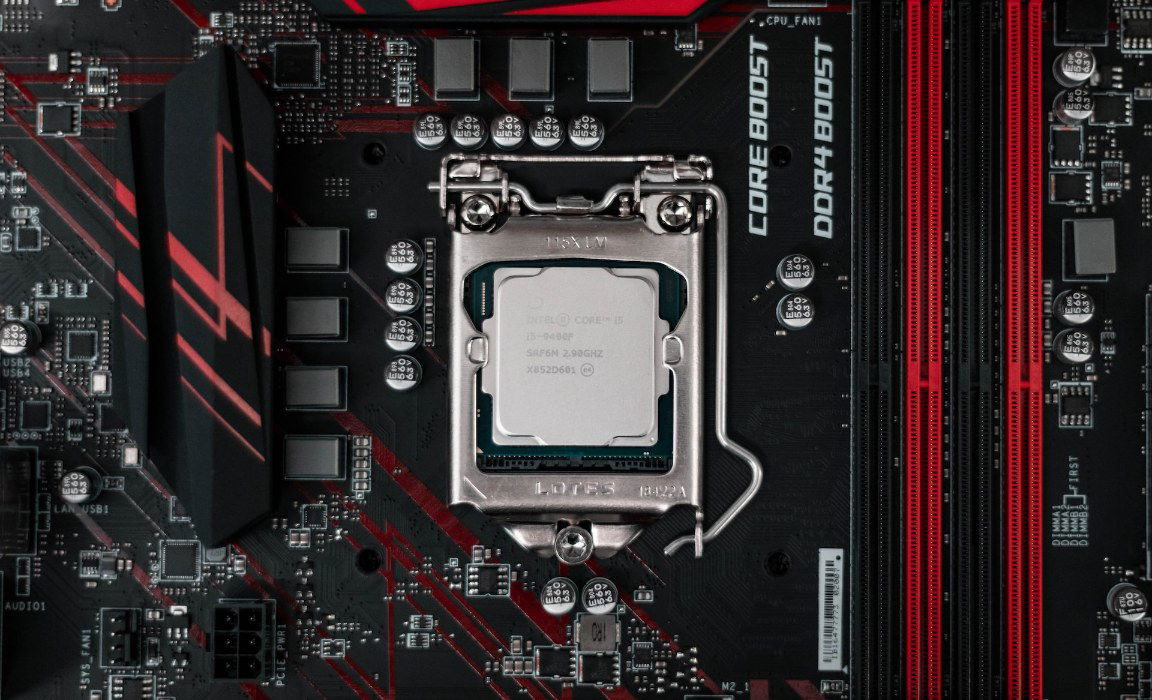 Image source:
Image source:
Unsplash
Try reverting all your components – whether it’s the memory, CPU, or GPU – to stock settings and see if this solves the problem. If not, you can move on to the other fixes on the list.
3. Investigate Driver Issues
Driver-related BSODs are quite common, as any conflicts arising in any of your drivers can cause a system crash. These issues can directly affect the system RAM and cause an “ntoskrnl.exe” error.
If you’ve recently updated the drivers for a device or installed a new device, it may be easier to get to the root of the problem. Simply roll back the drivers for the device and see if it gets rid of the issue. If it doesn’t, you’ll need to dig deeper.
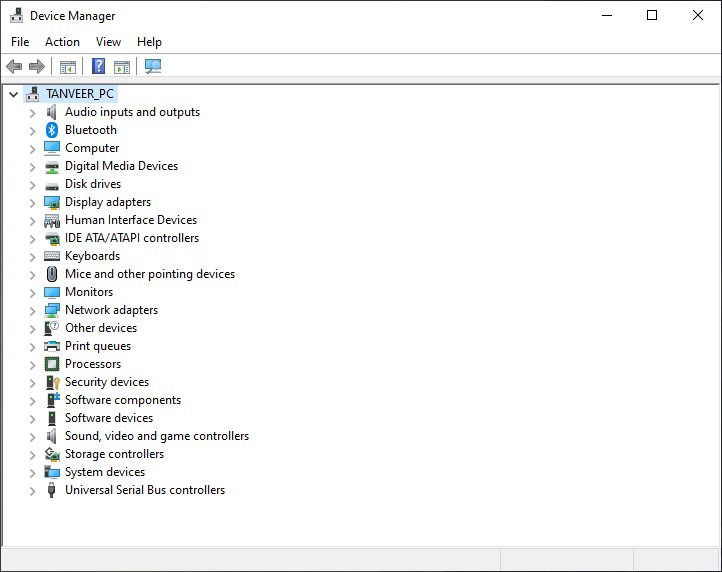
If you can connect the BSOD to a specific device or application that’s in use when the error occurs, then you can roll back the driver for that device to try to fix the error. You can also try reinstalling the drivers to eliminate any outdated drivers as being at fault.
Another way to identify the exact driver behind the error is by booting your computer into Safe Mode. If you’re able to successfully boot to the desktop, you can identify the faulty driver by running one application at a time and seeing which one starts causing errors.
Tip: when the occasion calls for it, you may need to install unsigned drivers in Windows.
4. Run a Microsoft Defender Scan
Malware infection is inevitable, and even with an enabled antivirus program, your computer can still get infected. Malware can corrupt important system files and is a possible reason for the “ntoskrnl.exe” error. To ensure your system is free from malware, use Windows’s built-in Microsoft Defender to perform a full scan of your computer.
 Image source:
Image source:
Unsplash
Our detailed guide on Microsoft Defender (formerly Windows Defender) can help you run a full system scan to rule out malware infection as the underlying cause behind the “ntoskrnl.exe” BSOD.
5. Uninstall Third-Party Antivirus
Antivirus programs protect your critical system files from corruption but can sometimes affect these core Windows files and cause a “ntoskrnl.exe” error. If you’ve recently installed a third-party antivirus program, uninstall it and check whether the BSOD has stopped appearing.
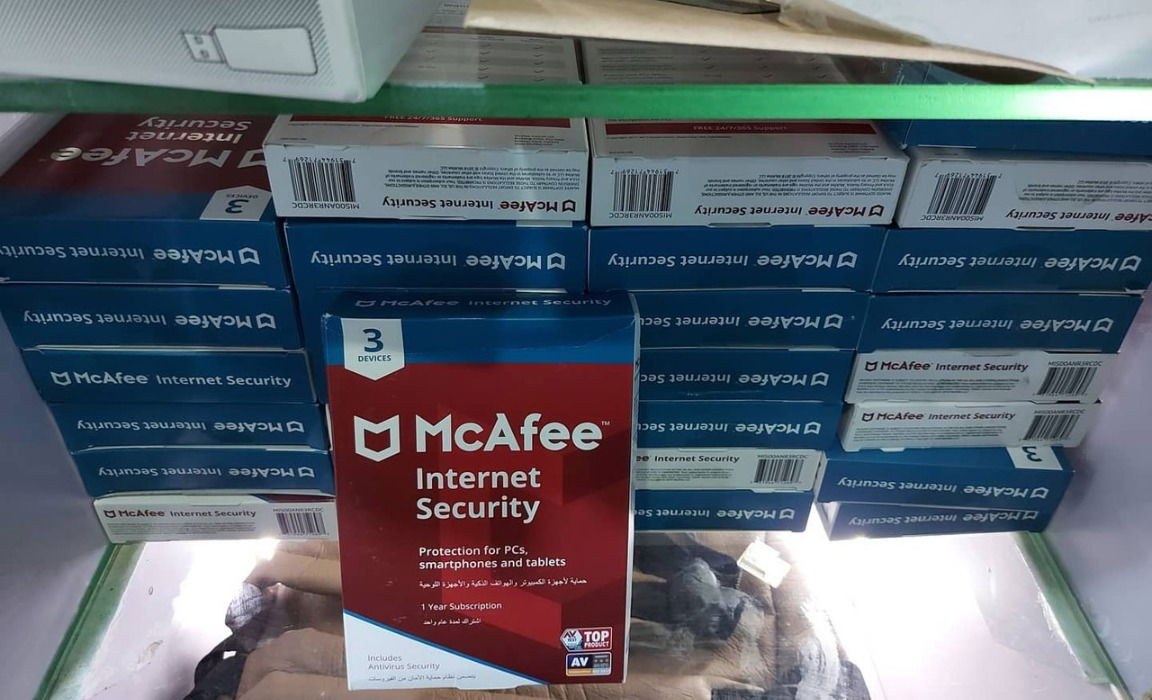 Image source:
Image source:
Wikimedia Commons
It may take more than simply uninstalling the antivirus from Windows Settings, as some programs still leave some traces after removal. Check out our guide to learn how to completely remove an antivirus application from your computer.
Good to know: Windows Security not opening? Learn what to do.
6. Resolve Any Windows Corruption
It’s possible that your Windows installation was corrupted and is causing the “ntoskrnl.exe” error. Windows system files can get corrupted from a variety of sources, and it can be tricky to pinpoint the exact nature of the corruption. But Windows has built-in tools like CHKDSK and SFC scan to help you fix these errors.
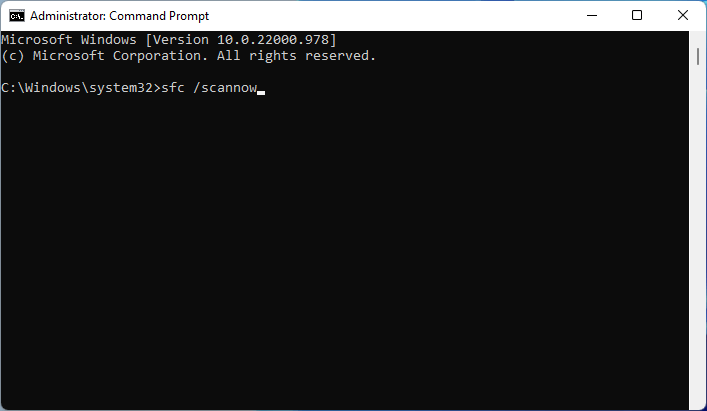
Often, running an SFC scan fixes most issues related to corrupted system files and promptly reverts your Windows installation to working order.
7. Update Windows
An outdated Windows version or one missing essential updates can also be the reason for the “ntoskrnl.exe” BSOD. Make sure Windows Update is enabled on your computer and that the latest updates are installed. Refer to our guide on things to do before and after installing Windows 11 and see the section on “Check for updates” to update Windows.
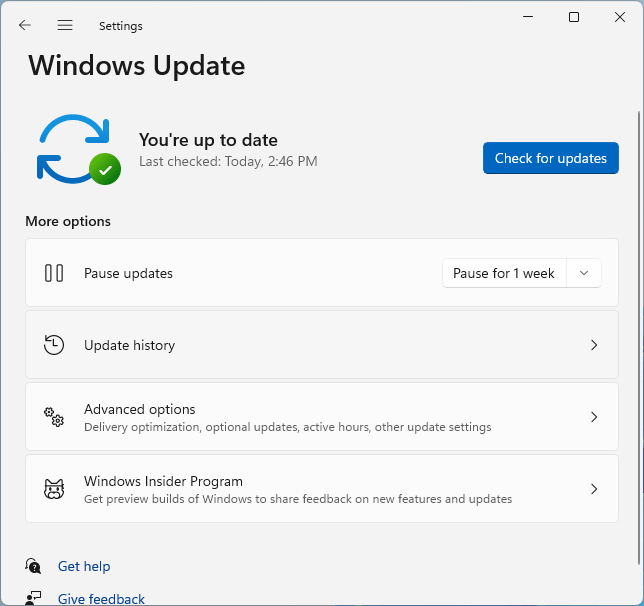
Windows updates can also be the reason behind many system stability issues. If your system is already up to date, and you’ve ruled out all other causes on the list, try disabling Windows Update permanently to prevent future bugs and errors from creeping up on you.
Tip: don’t know which version of Windows you’re running? No problem: this guide shows how to check.
Frequently Asked Questions
How do I know my RAM is failing?
Even if you haven’t experienced the “ntoskrnl.exe” error yet, you may see it in the future if your RAM is faulty. There are some telltale signs that can point to a failing RAM, like unexplained slowdowns, frequent Windows corruption, and random BSODs. While each of these symptoms could be caused by something other than the RAM modules themselves, it’s worth testing your memory if you encounter these symptoms, just to be sure.
What causes Windows to become corrupted?
Windows files can get corrupted due to a variety of different reasons, such as power outages leading to improperly saved files to the disk, viruses, and damaged disk drives. Although it’s hard to identify and prevent all sources of Windows corruption, you can refer to our guide on the most common Windows problems and how to solve them to better equip yourself with the necessary tools.
Image credit: Unsplash. All screenshots by Tanveer Singh.
After a 7-year corporate stint, Tanveer found his love for writing and tech too much to resist. An MBA in Marketing and the owner of a PC building business, he writes on PC hardware, technology, video games, and Windows. When not scouring the web for ideas, he can be found building PCs, watching anime, or playing Smash Karts on his RTX 3080 (sigh).
Subscribe to our newsletter!
Our latest tutorials delivered straight to your inbox
Sign up for all newsletters.
By signing up, you agree to our Privacy Policy and European users agree to the data transfer policy. We will not share your data and you can unsubscribe at any time. Subscribe
